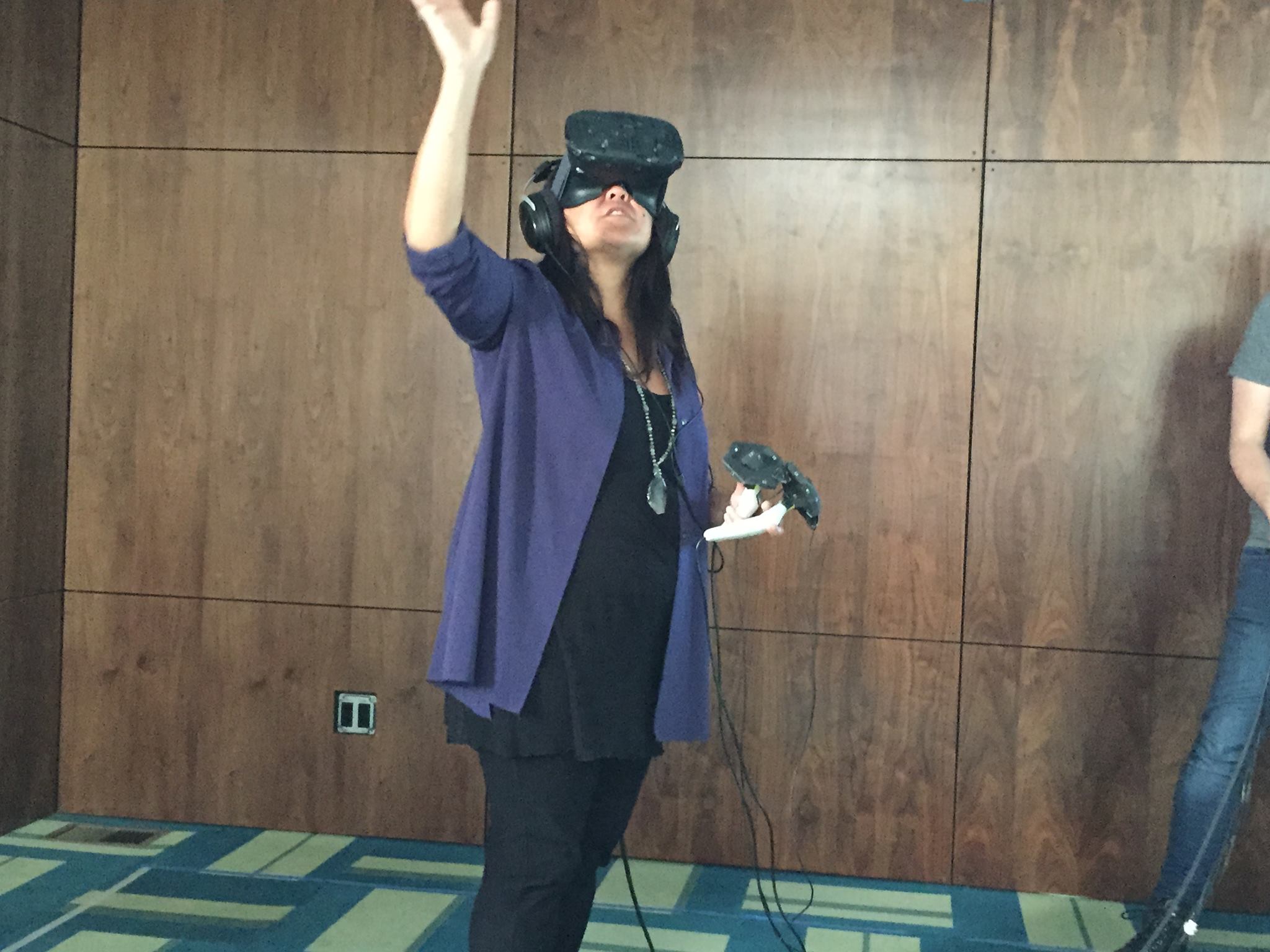CAN THE BLOCKCHAIN DISRUPT ENTERTAINMENT AND MEDIA?
 Monday, September 24, 2018 at 11:59 AM by
Monday, September 24, 2018 at 11:59 AM by  Nick DeMartino
Nick DeMartino Blockchain is a technology invented to serve as a transparent public transaction ledger for the cryptocurrency Bitcoin. Its design has inspired the creation of hundreds of other distributed applications (dApps), often backed by their own Bitcoin alternative currencies via Initial Coin Offerings or ICOs. In 2015 the value of ICOs was in the $5-10 million range, growing to around $5 billion in 2017. This year to date it’s around $10 billion. The global market for blockchain is projected to reach $60 billion by 2024.
Beyond this new way of raising capital, many entertainment and media entrepreneurs see the blockchain as a way to disrupt a broken media ecosystem deformed by immense centralized power, secretive dealmaking, complicated and unfair rights and payment systems, and poorly structured incentives for both artists and consumers.
I spoke to the founders of some of these businesses to understand why blockchain may enable better business models than other startups in the entertainment sector.

Documenting the Creative Process
Sendergram provides a blockchain-enabled file sharing, review, delivery, transaction and payments platform for digital media such as fine art, photography, and video. I spoke with cofounder Andy Rosen, who started his career as a rock photographer covering the punk music scene in London before moving to LA to build companies that produced music videos, web design, and then database software.
“There are two sides in our business,” said Rosen. “Pick your side – screwing the artist or not screwing the artist. I always want to protect the artist. So two years ago we set out to build a ledger for the creative process from the artist’s point of view. The creative business is quite abstract, things get lost in translation, are often subjective.”
Sendergram offers a blockchain registry for creative work, a function which is offered by other startups; but then, it tracks every contact, email, discussion, contract, update, and payment with its own communications system that records it all on the blockchain. Sendergram also aggregates a user’s media files whether they are housed in various cloud storage systems or even on their own hard drives, allowing users to easily find and safely share files. Sendergram can be seen as a cross between email, Slack channels and file sharing --- all tracked and secured by the blockchain.
Rosen is especially interested in the growing class of creator/prosumers, as well as distributed creative teams, agencies, and corporations with multiple vendors contributing to projects. Right now single accounts for the Sendergram beta are free, with business subscriptions paying a fee based on number of users on the account. The company is preparing for a funding round.
The Business of Film
Gjain seeks to use the blockchain’s distributed ledger to bring greater transparency to the financing, contracts and payment systems required for media content. Gjain will offer a suite of business services built on smart (self-executing) contracts from inception to distribution, investment to profit disbursement or tax write offs.
Co-founder Vlad Lodzinski hopes to position the company between the different players within the film finance and ownership value chain with a reengineered model that eliminates the secrecy and contractual opacity that characterizes many film finance deals.
Gjain won’t replace legacy players, just make the process more efficient, cheaper, and fairer. He sees Gjain as part of an emerging global digital economy that will be powered by new technologies like blockchain and which will transform the way business is conducted. As he sees it, blockchain and artificial intelligence will help reduce risk for investors and improve financial returns for creators.
Gjain’s client base includes filmmakers (individuals and studios), investors (institutional, high net worth individuals, retail) and service providers (finance, distributors, legal, auditing). Lodzinski and his team of six based in London, New York, LA and Poland plan to launch in summer 2019, though tests are already in development with key partners. There will very likely be versions for different territories like Europe and North America to reflect different regulatory and finance factors. Gjain financial backing is targeted at traditional sources like private equity, and not a cryptocurrency.
Democratizing the Digital Studio
Crowded Cloud is an ambitious reinvention of the content production studio that uses the blockchain’s decentralized governance model to attract working professionals who want to have a say in new projects, as well to share in profits they help create with their creative contributions.
Lead by a former aerospace engineer and digital media services executive Javier Benavente, Crowded Cloud’s studio model reflects the distributed and global character of the media workforce. But unlike legacy legal and production models, in which all decision-making is held by a centralized corporate entity, Crowded Cloud embeds democratic decision-making into every phase of production.
Benavente will seek to raise $100 million in conventional funding by year’s end, with as many as ten shows going into production next year. Most of the cash raised will convert to Crowded Cloud’s own HAVI token and held in a Project Development Pool that can be applied to projects voted upon by token holders. As with other tokenized systems, its market value increases as its use cases generate successful projects. Benevente plans to focus initially on catalog content that is ripe for conversion for multiplatform distribution, especially AR and VR.
His passion for building a democratic studio stemmed from Benavente’s own history in Hollywood, where he came to blows with a major studio over control of software his company developed for use in a motion picture.
A Studio in the Cloud
To execute on the distributed content production model, Crowded Cloud is partnering with MetaPipe, an existing virtualized visual effects and animation studio infrastructure. I met CEO Aaron Estrada two years ago as the company was completing ABQid, an Albuquerque NM-based seed accelerator.


